Carolina Ash, also known as Florida Ash, Pop Ash, Poppy Ash, Swamp Ash, and Water Ash, is a woody tree scientifically named Fraxinus caroliniana. It belongs to the Oleaceae family and is native to the southeastern United States and Cuba.
This wetland-loving tree thrives in swampy areas and along riverbanks, where its ability to withstand water saturation plays a crucial role in stabilizing ecosystems. Recognized for its long, feathery leaves and gray bark, Carolina Ash is an integral part of its humid habitat. Its winged seeds, clustered together, ensure effective propagation, contributing to the tree’s resilience and ecological importance.
| Common name | Carolina Ash, Florida Ash, Pop Ash, Poppy Ash, Swamp Ash, Water Ash |
| Botanical name | Fraxinus caroliniana |
| Family | Oleaceae |
| Species | caroliniana |
| Origin | Southeastern United States to Cuba |
| Life cycle | Woody |
| Plant type | Native Plant |
| Hardiness zone | 7, 8, 9, 10 |
| Sunlight | Dappled Sunlight |
| Maintenance | Low |
| Soil condition | Clay |
| Soil ph | Acid |
| Drainage | Poorly Drained |
| Growth rate | Medium |
| Spacing | 24 – 60 ft. |
| Harvest time | Fall |
| Flowering period | Spring |
| Height | 3- 60 ft. |
| Flower color | Green |
| Leaf color | Green |
| Fruit color | Brown, Copper |
| Stem color | Brown, Copper |
| Fruit type | Samara |
| Garden style | Butterfly Garden |
| Uses | Pond |
I. Appearance and Characteristics
Fraxinus caroliniana, the pop ash, Florida ash, swamp ash, Carolina ash, or water ash, is a species of ash tree native from Cuba through the subtropical Southeastern United States from southern Virginia to Texas. It was originally described by the botanist Philip Miller. It is a small tree about 40 ft. Leaves are compound, opposite, 7–12 in long, leaflets 5–7 in, ovate to oblong, coarsely serrate or entire, 3–6 in long, 2–3 in wide. Fruit is frequently 3-winged (samara) with flat seed portion; seed sometimes a bright violet color. It is the smallest of eastern North American ash species, wood light, soft, weak, 22 lbs./cu.ft. Typical to coastal swamps and subtropical lowlands. Like other species in the section Melioides, Fraxinus caroliniana is dioecious, with male and female flowers produced on separate individuals.
The tree is threatened by the emerald ash borer, an invasive species of beetle.
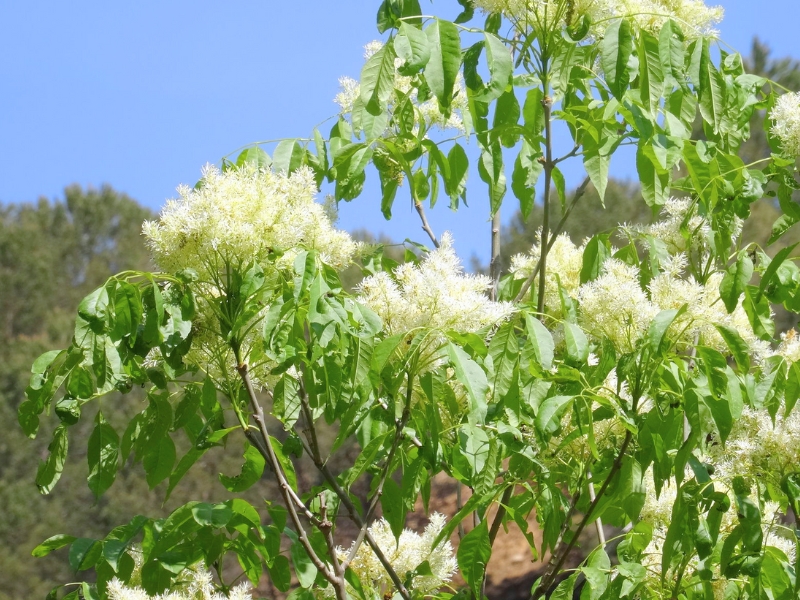
II. How to Grow and Care
Sunlight
Carolina ash prefers full sun and can grow in a slightly shaded environment. Plant it in an open location that provides at least 6 hours of sunlight per day. If sunlight is insufficient, it will grow poorly and bloom sparsely. However, if Carolina ash is not leafy enough, its trunk will get sunburned when the summer sunlight is strong.
Temperature
Carolina ash is widely distributed in temperate and subtropical regions of the northern hemisphere. It prefers cool, moist environments. It is resistant to heat, and can tolerate temperatures. Moist environments allow Carolina ash to grow better. It can also tolerate waterlogging and drought.
Watering
Carolina ash thrives in the moist, swampy conditions of its native habitat, indicating a preference for consistent moisture. This species exhibits moderate drought tolerance but flourishes with higher humidity levels. Its watering schedule should reflect this need for regular hydration, with watering every week to maintain soil moisture without waterlogging. Carolina ash is more commonly grown outdoors due to its affinity for wet environments; therefore, it’s essential to consider rain patterns and ensure adequate drainage in the soil to prevent root rot during heavy rainfall seasons.
Soil
Carolina ash can grow in many types of soil. It likes soil with sufficient nutrients. The soil pH is not important; it can survive in a variety of pH levels, from alkaline to acidic. Carolina ash prefers soil with good drainage, but can also tolerate drought and standing water.
Fertilizing
Carolina ash can tolerate infertile soil, but adequate nutrients promote healthy growth and reduce the possibility of pests and diseases. Apply a slow-release fertilizer (10:10:10 ratio of nitrogen, phosphorus and potassium) once every fall, and give plenty of water afterward. This will promote nutrient uptake and prevent the fertilizer from burning the roots. If your carolina ash is planted in spring, fertilize it in late summer; if it is planted in fall, fertilize the second spring. Because the roots of newly planted trees are weak and cannot absorb nutrients well, too much fertilizer may cause root burn.
Planting Instructions
Transplant carolina ash before it sprouts in the spring, so it is more likely to establish itself. First, choose a sunny, open area that provides plenty of space for it to grow. Mature carolina ash can grow to average heights of 12 to 18 m, so you should make sure there are no walls or other trees nearby that will prevent it from growing. Dig a hole as deep as the soil mass that encases the plant roots and twice as wide as the root mass. After planting, compact the soil and water it well.
Pruning
Prune carolina ash in fall so the pruning wound can heal before the plant goes dormant in winter. Pruning also prevents winter rain and snow from crushing the branches. It is best to prune young trees every year and prune mature carolina ash every few years. Do some pruning regularly, such as removing some dead or diseased branches. When pruning, make sure to remove branches that are overgrown or crossed over. This promotes air circulation and prevents disease. If your carolina ash is particularly tall, it’s best to have it pruned by a professional.
Propagation
Carolina ash trees can be propagated by seed or by cutting. Take cuttings in spring or summer, when the tree is less stressed. When cutting in summer, shade the tree to prevent excessive evaporation of water. Choose branches that grew in the current or last year, and cut 15 cm branches, preferably with 3-4 buds. Insert them into moist, sandy soil, and they will take root within 8 weeks.
The sowing process is complicated and carolina ash trees need a long time to grow, so propagating by sowing is not usually recommended. If you want to sow carolina ash, do it in spring, and start in a pot. Place the seeds in 1.3 cm-deep soil and cover them with plastic film. Store the pots in a refrigerator for three months. Next, place on a heating mat (or somewhere else) and keep at 21 to 24 ℃ for three months. During this period, make sure to keep the soil moist. The seeds will germinate within six weeks.
III. Uses and Benefits
Ash, particularly swamp ash because of its figure, is a choice of material for electric guitar bodies and, less commonly, for acoustic guitar bodies, known for its bright, cutting edge and sustaining quality. Some Fender Stratocasters and Telecasters are made of ash, (such as Bruce Springsteen’s Telecaster on the Born to Run album cover), as an alternative to alder.
Ash is a Tonewood commonly used in the manufacture of electric guitars. It exhibits a pronounced bright tone with a scooped midrange. It’s lightweight, easy to work with and sand, accepts glue, stain, paint and finish very well and is inexpensive. All this has made it a favorite of large factories mass-producing instruments.
The Fender musical instrument company has been continuously and uninterruptedly using Ash to make electric guitars since 1956. Swamp ash is used a lot in guitar building because of its figure. It is a choice of material for electric guitar bodies and, less commonly, for acoustic guitar bodies, known for its bright, cutting edge and sustaining quality. Some Fender Stratocasters and Telecasters are made of ash, (such as Bruce Springsteen’s Telecaster on the Born to Run album cover), as an alternative to alder.
IV. Harvesting and Storage
If you want to collect carolina ash seeds for planting, harvest the fruit in the fall when it turns from green to tan. The dried seeds can be stored at room temperature for 3-5 years.

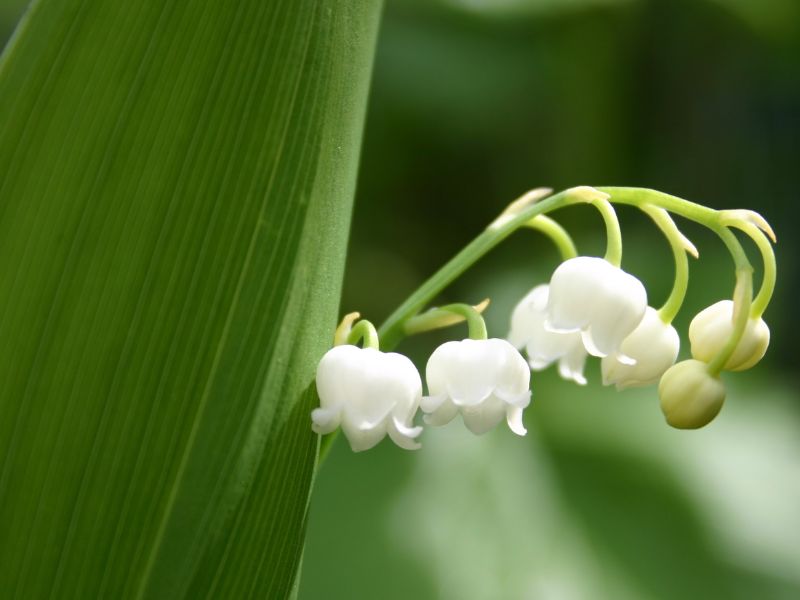
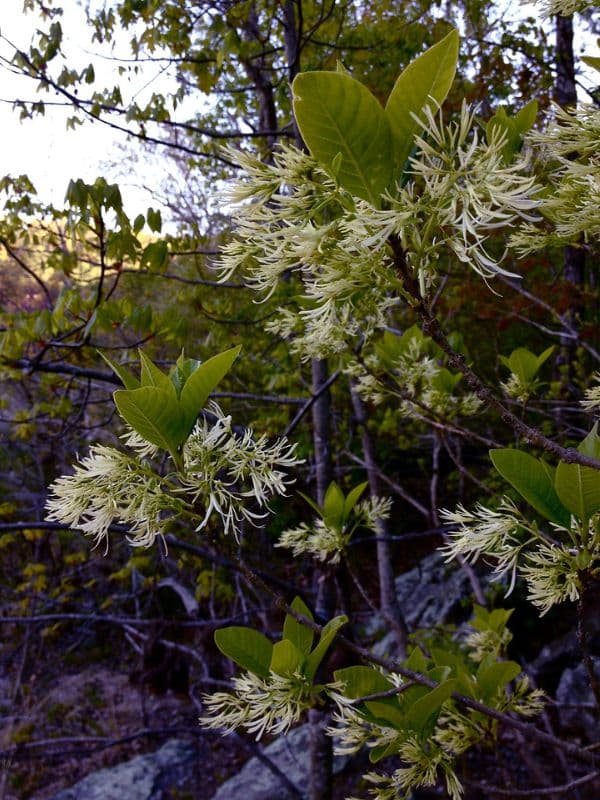
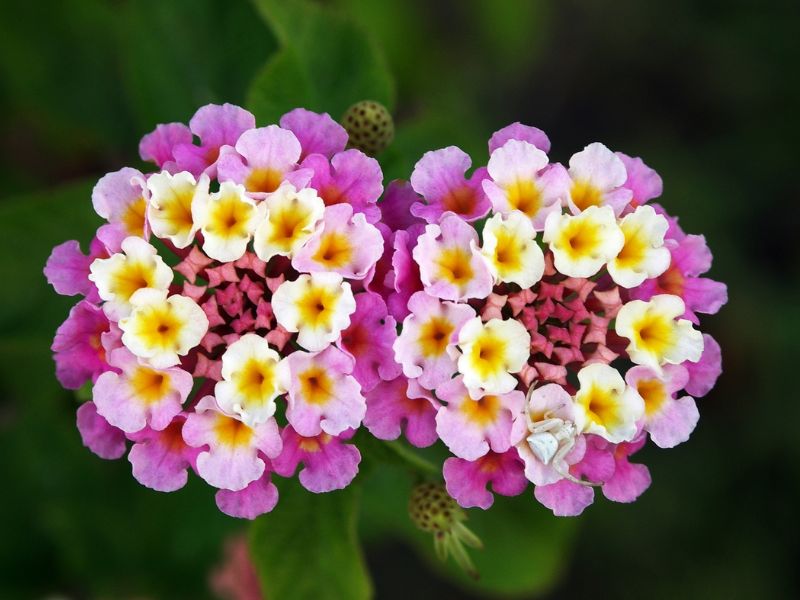
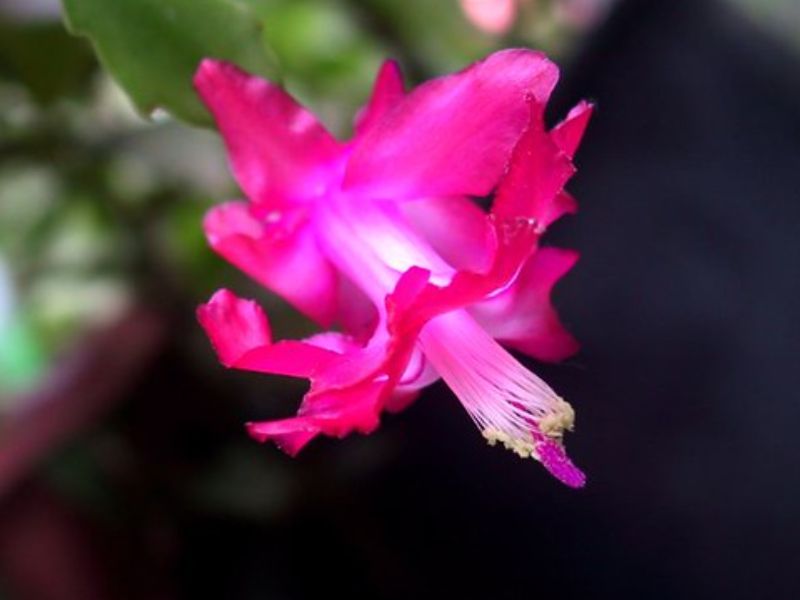
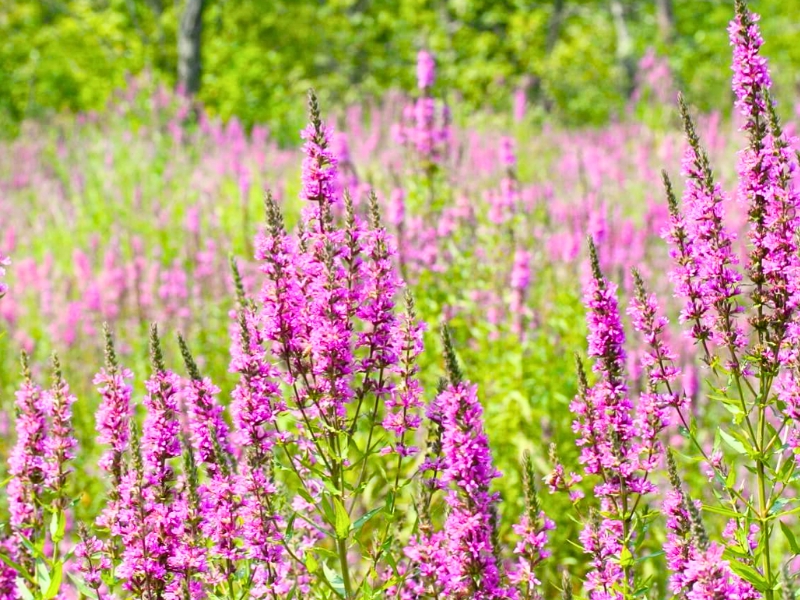
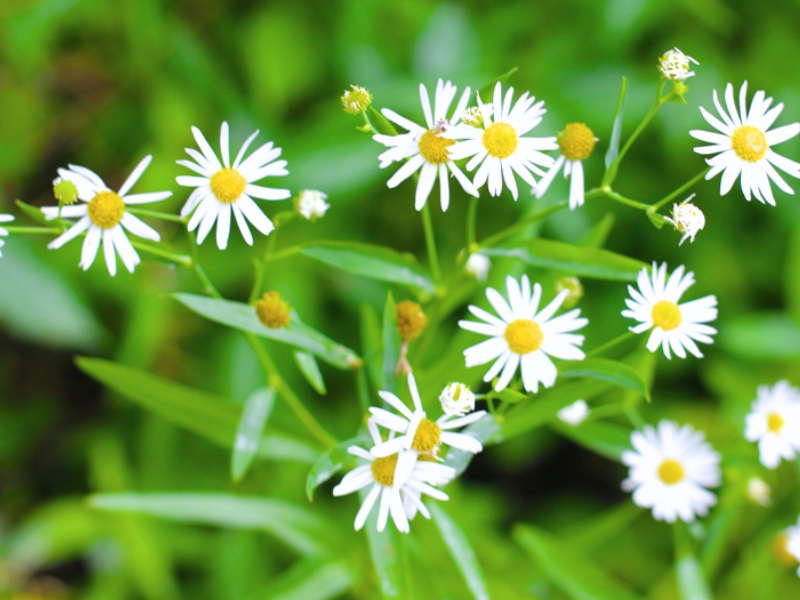
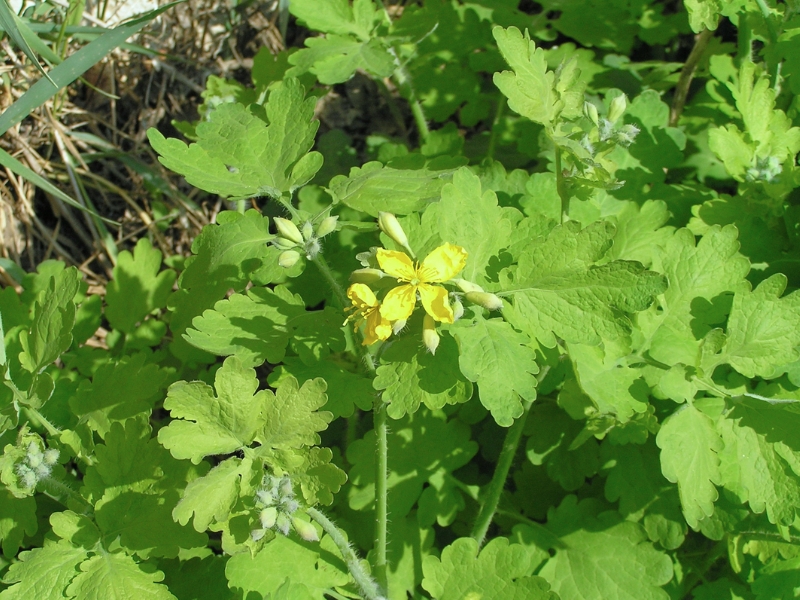
Leave a Reply